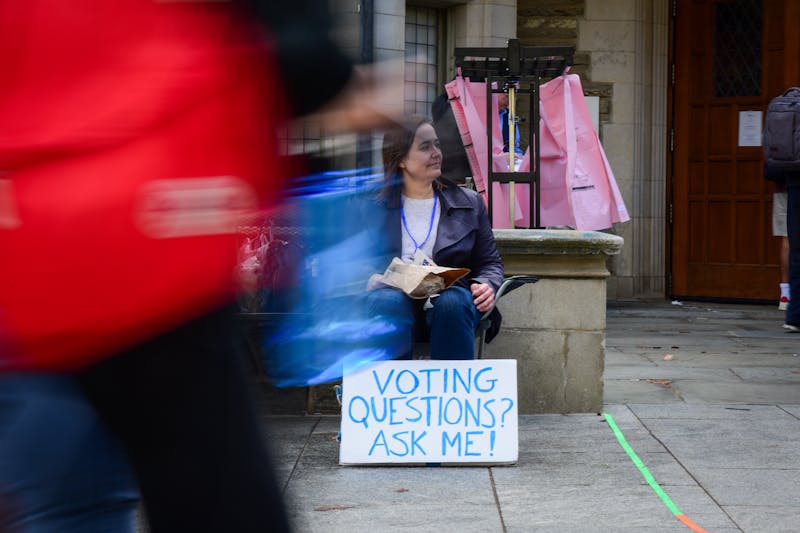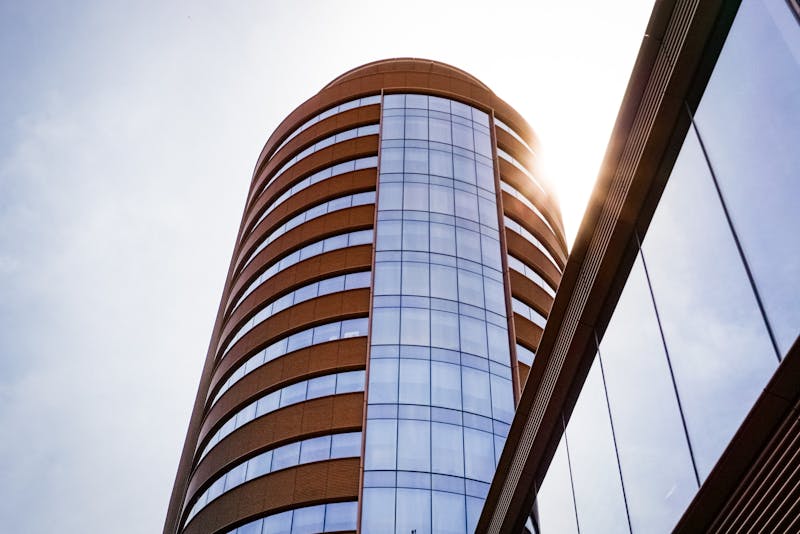The administration can finally exhale: They officially have the postal lands.
After last Friday's announcement that the University purchased the 18-acre plot of land between Walnut and Chestnut streets, top administrators are eager to bring their long-awaited project one step closer to completion.
The announcement was the culmination of over three years of efforts by the University to acquire the property.
More than just adding extra building space, the move represents an opportunity for Penn to maintain - and perhaps improve - its relationship with area neighbors and to renew its connection with Center City.
"Now we can move full speed ahead," said Penn President Amy Gutmann, citing, for example, the new nanotechnology building, one of the first facilities to be built on the postal lands, that "will catapult us in nanoscience and technology."
Beyond specific projects, the transaction has broader benefits for Penn.
"It's critical for a University like Penn to have space for expansion," said Harris Steinberg, executive director of PennPraxis, a branch of the School of Design that applies urban-planning concepts in the local community.
Steinberg praised the University for honoring former Penn President Judith Rodin's pledge that Penn's construction plans not infringe upon existing neighborhoods to the west of campus.
Gerald Sweeney, president of Brandywine Realty Trust - the real-estate orchestrator of the deal - called the move a "validating investment" for both Penn and Brandywine.
"This land can serve as a catalyst for the creation for a larger neighborhood in University City," he said.
Development of those east lands is expected to be a slow process whose final cost could be in the billions of dollars, Penn Executive Vice President Craig Carnaroli said.
Still, even simple changes such as new lighting and the construction of a parking garage slated to open in the first quarter of next year will be important enough to "signify a change," Carnaroli said.
Ultimately, the move will lead to more green spaces around campus, such as in place of the tennis courts in front of the Palestra.
Also, adding retail space and a safer stock of housing is important for creating safer streets around campus, Carnaroli said.
It should allow the return of many West Philadelphia houses to family ownership as more off-campus housing opportunities arise to the east.
"Transactions like this do not happen often," Sweeney pointed out. "This was a true collaboration of passions."
The Daily Pennsylvanian is an independent, student-run newspaper. Please consider making a donation to support the coverage that shapes the University. Your generosity ensures a future of strong journalism at Penn.
DonatePlease note All comments are eligible for publication in The Daily Pennsylvanian.







